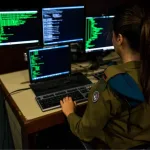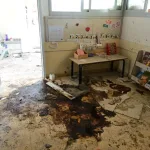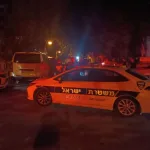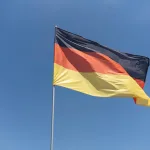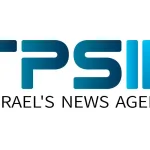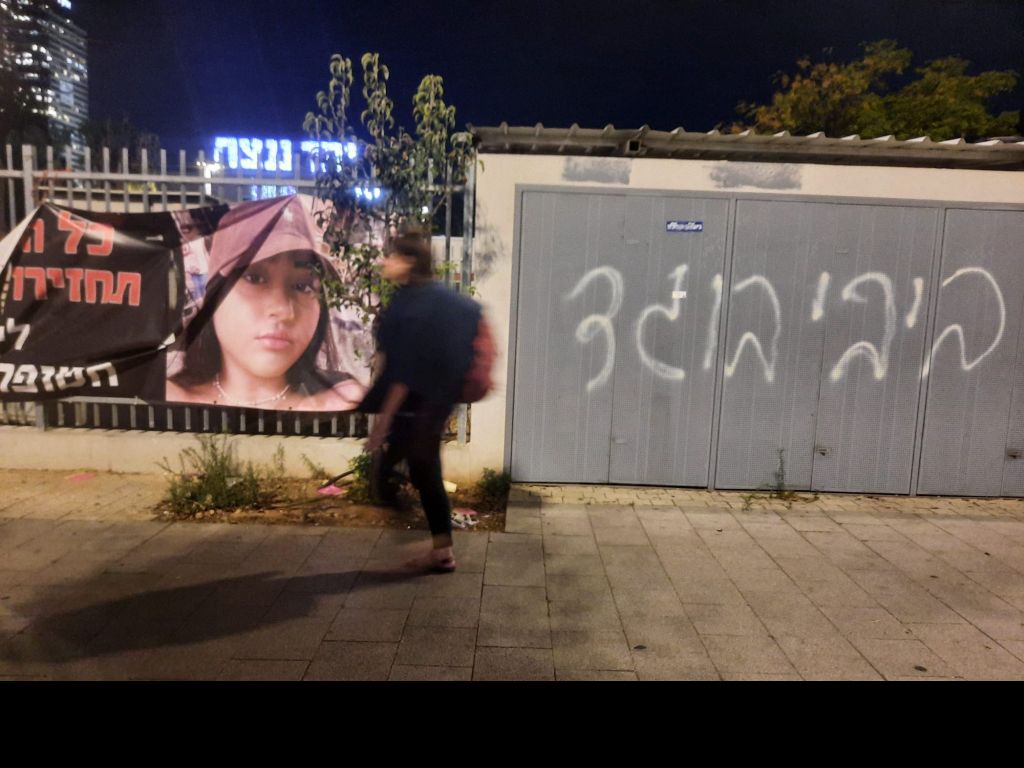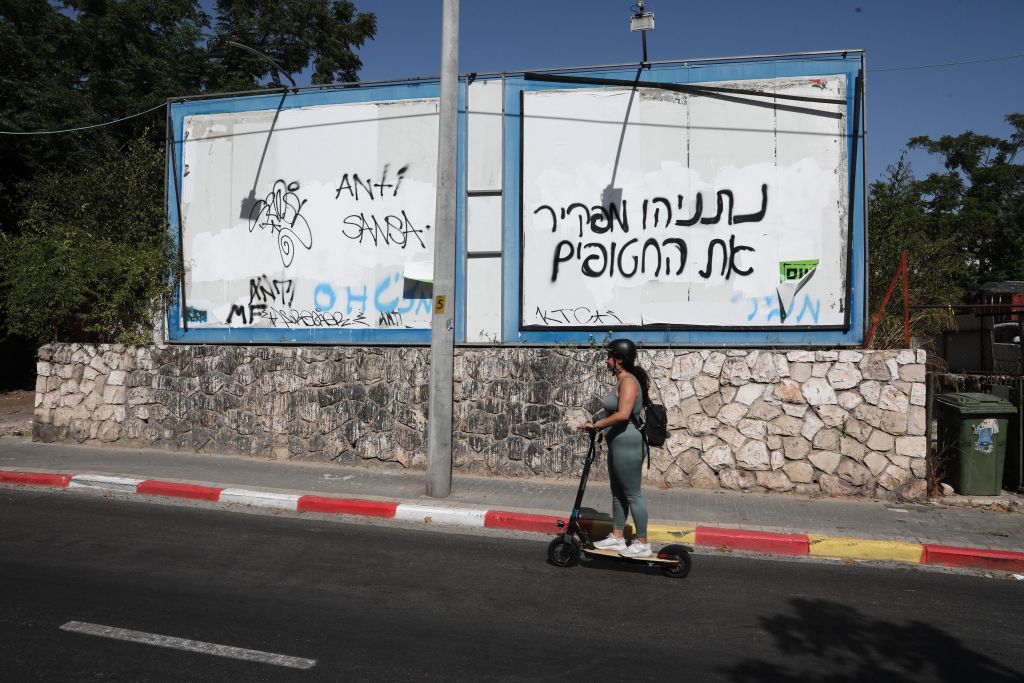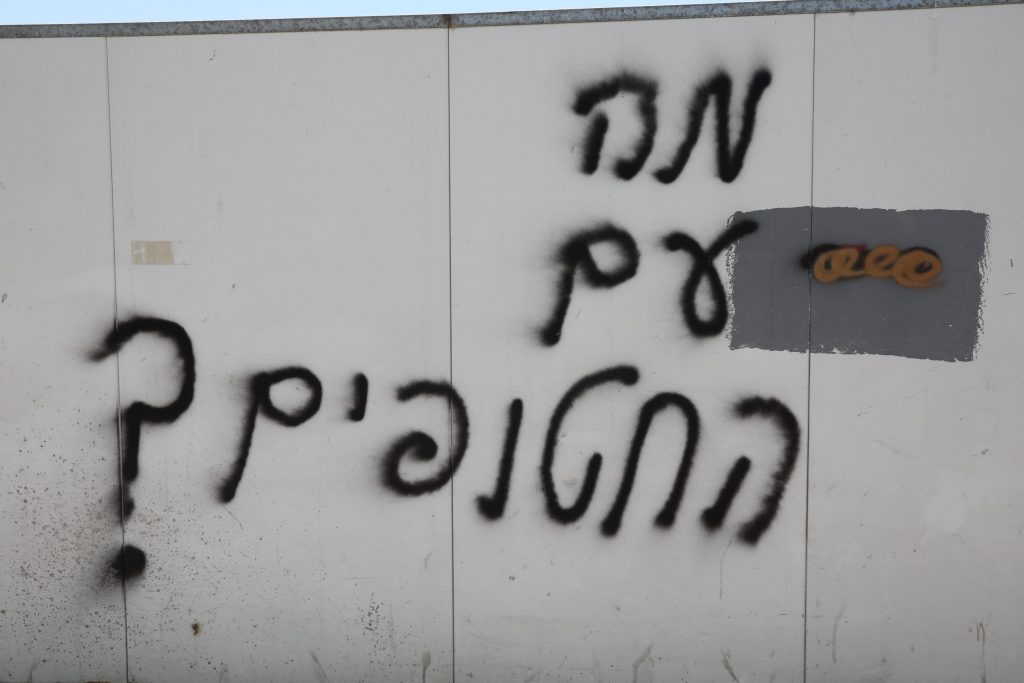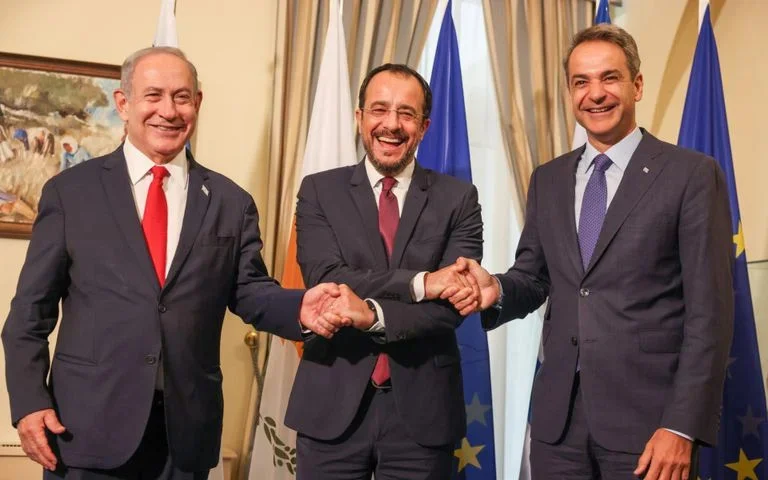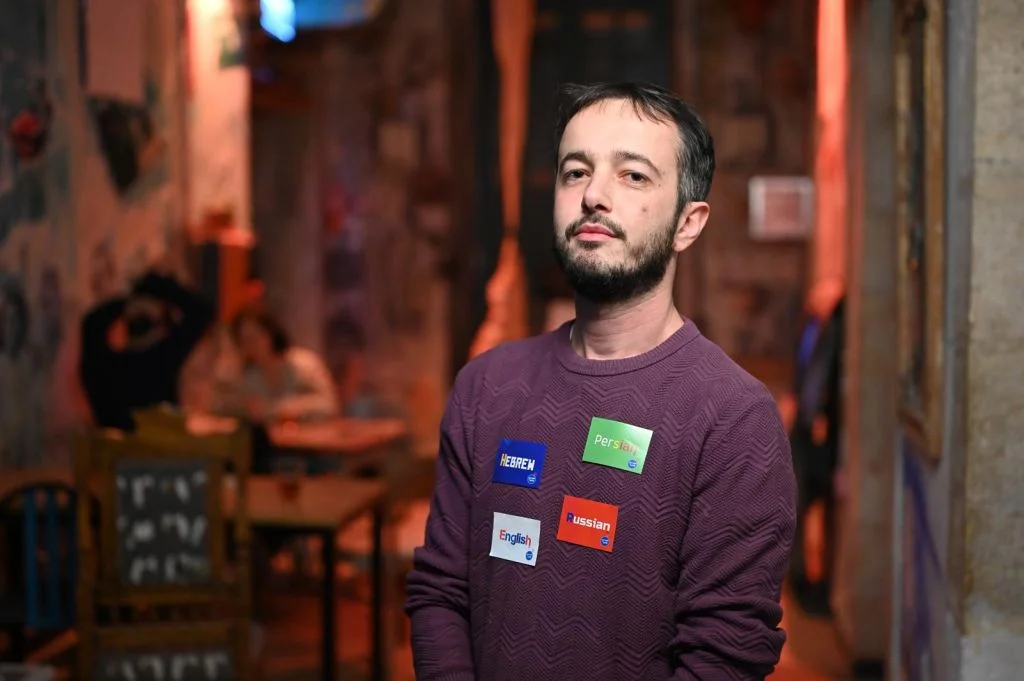Jerusalem, 15 July, 2025 (TPS-IL) — The past year has seen an increasing phenomena of arrests and indictments of Israelis spying for Iran, with much of the activity beginning with those recruited tasked with scrawling graffiti in easy-to-see places.
With one person already sentenced to ten years in prison, The Press Service of Israel looked into what is motivating those to collaborate with Israel’s enemy, and what those who are paying for it are aiming to achieve.
Currently, at least 33 Israelis have been charged in the last seven months and are now awaiting trial. Of those, at least 25 committed the crimes within the past seven months alone. And almost all began with graffiti on instructions from Iranian agents.
Many of those indicted were wired hundreds of dollars for each act of writing on walls, reportedly feeling that writing slogans against Prime Minister Benjamin Netanyahu – such as ‘“Bibi is forsaking [former hostage in Gaza] Liri Albag”, “Bibi is a dictator”, and “Bibi is the enemy of mankind” – were innocuous, and the work was easy money.
Rumors are spinning that certain communities or sectors of society within Israel are being targeted for recruitment by Iran, but the police told TPS-IL this isn’t the case.
“No one in particular is being targeted. Rather, Iranians are sending everyone messages, and those most motivated by money are responding,” said Israeli Police spokesperson Dean Elsdunne. “It starts out slowly, with small jobs, and slowly the money increases, and they are asked to do more severe crimes as time goes on.”
Many of the spies who are asked to take pictures of army and Mossad offices, or try to kill officials, start out with graffiti.
Graffiti in the Greater Tel Aviv area of Givatayim on June 18, 2024. Photo by Gideon Markowicz/TPS-IL
Those familiar with Iranian tactics explained what the motivation is behind graffiti in the first place, other than building up to severe crimes.
Ateret Shmuel, international human and Indigenous rights advocate and founder and director of Indigenous Bridges, an NGO dedicated to the advancement of indigenous communities around the world. The US-based nonprofit has worked with victims of the Iranian regime for over two decades and is active in Israel.
“Iran is notorious for brutal oppression of its own people. With regards to its recent activity in hiring Israelis to paint graffiti, this is just another page out of the Islamic Republic and Russia’s propaganda playbook,” Shmuel explained to TPS-IL.
“That is to find the fissures in society and then apply calculated and increasing pressure to them, in order to encourage societies to tear themselves apart.
“They do this in the West a lot, and a lot of the race baiting and other divisions we see so much of is actually from this kind of applied social manipulation.
“Having graffiti around Israel is a cheap and savvy propaganda move, because psychologically and sociologically, the more people see something, the more they acclimate to it, get comfortable with it, and even begin to accept it as true.”
‘Reinforces Anger and Unrest’
Shmuel went on to explain how it is a part of a wider psychological strategy to weaken and divide Israelis, including flooding social media with the same slogans: “This is why there are also so many social media bots spraying the internet with anti Israel slogans too, it’s part of the same tactic.
“The more people see these slogans and propaganda, the more there’s an acclamation that happens, people start to believe them as true, even if they know it’s false.
“It’s psy-ops [psychological operations]. They are trying to make it seem like there is more unrest than there actually is, which in turn actually feeds unrest.
“This reinforces conflict and upheaval in society. Humans are essentially tribal creatures, and biologically, to survive, we go with the flow of what other people are doing.
“So when you constantly see messages, like propaganda from Hamas about hostages, it reinforces that anger and unrest. All they [Iran] are doing is trying to force the country [Israel] to pull itself apart.
“Hiring people to scrawl graffiti is a very cost-effective way of doing it. It is something they use in many places, and is a standard operating procedure for countries like Russia and Iran.”
Going hand-in-hand with the anti government scrawlings, are the same slogans on social media.
TPS-IL found dozens of accounts on social media platforms with the exact same slogans – in Hebrew and in English – as those written on Israeli walls by Iranian spies. Many of them are less than one year old. Some were posted multiple times a day, but were inactive during the power outages in Iran, during Israel’s recent bombings.
According to a report released by Cyabra, a Tel Aviv-based disinformation‑security company, “the coordinated bot networks abruptly went silent” following Israeli airstrikes that knocked out Iran’s power grid on June 13.
“All at once, the fake profiles stopped posting. For more than two weeks, they vanished – no posts, no noise, just digital silence. When power returned, the same fake network came back online, using the same personas and behaviors, but with a new mission: promoting pro-Iran messaging and mocking the West,” the report said.
‘Black Psychological Operations’
Dr Ron Schleifer, a senior lecturer in the School of Communication at Ariel University, specializing in psychological warfare, told TPS-IL, “This is what is known as black psychological operations, when someone who delivers a message in someone else’s name, pretending to be someone else.
“They don’t want to be identified with the signatory, so they hide. The Soviets were operating in psy-ops since the Bolshevik revolution.
“They [Iran] are using antisemitism to disrupt societies, such as America and Ukraine. It is a way of creating the undermining of stability within society.
“If they want to disrupt French society [for example], they’ll send someone to draw swastikas on Holocaust memorials or something like that. Immediately, [people of France] they’ll be shocked, and they’ll blame the government, but it’s not from the government, it’s from outside.
“It is what is known as ‘sockpuppets’, a psychological warfare, it’s called ‘black operations’, where someone pretends to be someone else to sow dissent.”
Schleifer went on to say how the Iranian regime’s aim is to push the world’s spotlight away from itself, and using the same principles of drawing antisemitic pictures to shock and create divisions, they write anti-government jargon within Israel: “Iran has all the interest in the world to deflect attention from it’s building of nuclear power.
“Right now, and especially after the war, Iran has only interest in directing attention away from their oppression. It’s the same principle in Israel.
“The Soviet Union did it in the ‘50s in west Germany – they sent agents to write swastikas on dumpsters. It’s very easy to do it in Israel.
“Iranians prepared social media bots months in advance of October 7, that would slowly gain tension and traffic. With AI today, they don’t even need a person commenting.
“They target anybody. It [the psychological warfare] is easy to do, because people are anxious so people respond [to the graffiti and social media slogans].
“They have had sleepless nights, missiles, sirens, and there are those who have family members in the army, so feelings are sensitive.
“And you see the attention it gets – the graffiti and the slogans get headlines. It’s being widely reported and of course that has an effect.
“What people are gradually more and more aware of is the fact it could be fake, so it’s less effective, but there is always a raw nerve that [can be] exposed and hit.”
Tel Aviv graffiti saying in Hebrew, “What’s with the hostages,” on July 14, 2025. Photo by Gideon Markowicz/TPS-IL
‘It’s Happening as We Speak’
A police investigator told TPS-IL that many of those who carried out the acts were regular Israelis, of whom she believes one was an Orthodox Jew. The rest, she told TPS-IL, were Azerbaijani nationals.
She believes that as well as sowing dissent, the aim was to spread a pro jihadist agenda too.
“Not all the graffiti was anti-Netanyahu. A common slogan they were asked to write was ‘in the name of Ruhollah’, which may be an attempt to promote jihadist ideology, the investigator said, referring to Ayatollah Ruhollah Khomeini, the founder of Iran’s Islamic regime.
She went on to say that after the graffiti, the recruits were then asked to carry out more severe crimes. “Police and Shin Bet said [the graffitti] was to build some kind of trust, but except one serious case where they asked to document places where missiles hit, most cases were not that serious.
“They took photos, of bays and streets. In one case two young people were told to go to where the security minister lives and to hide bomb there, and they tried to do it.
“In one case, they followed after Benny Gantz after his hospitalisation, and were told to take a photo of his hospital room.” Gantz is a retired army chief of staff and leader of the opposition National Unity party.
She went on to say that the phenomena has showed no signs of slowing down: “It’s happening as we speak.”
Dean says the police are actively putting out videos to make people aware of the dangers and the severe sentences awaiting those convicted. Additionally, police have opened a hotline where Iranian attempts at recruitment can be reported.
“One of the reasons people haven’t done more severe crimes is because they [the Iranians] are pushing for that far too soon,” he said.







